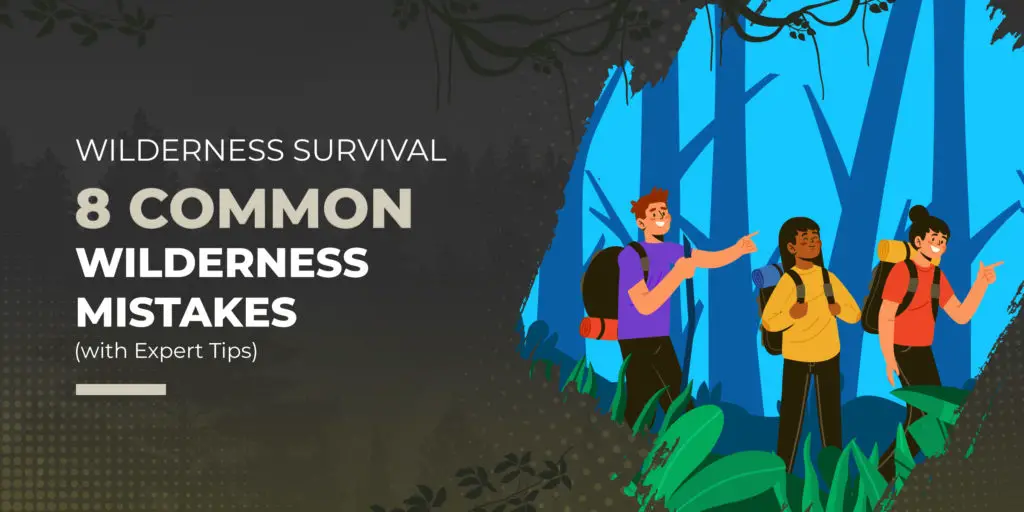
A survival situation can be thrust upon us or it can be the result of an accumulation of poor choices.
Either way, dealing with a survival situation in the wilderness is a dangerous proposition that does not need to be compounded by preventable mistakes.
The biggest advantage a person has is the knowledge they obtained before finding themselves in a survival situation.
That is why presented in the following article are 8 common mistakes made in the wilderness as well as some tips for avoiding and resolving those mistakes.
SKIP AHEAD
8 Common Wilderness Mistakes (with Expert Tips)
1. No Shelter
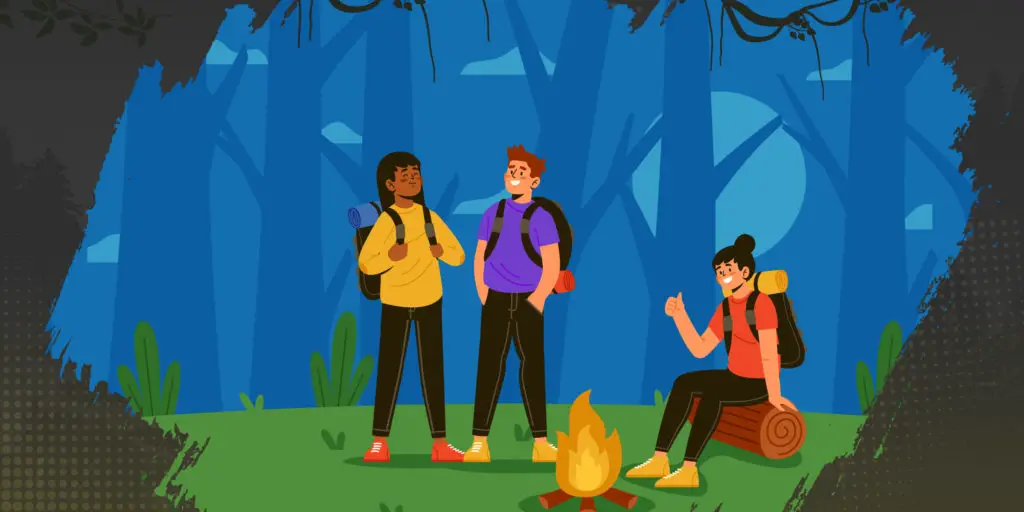
This is a two-fold mistake that will cost you your life in a wilderness survival situation. The first fold of this mistake is not having a proper shelter with you, the second fold is not knowing how to build a shelter from nature’s tools which are all around you.
When talking about someone or a group of people who died in the wilderness there is a common term that you will hear come up, exposure. Whether it is hypothermia or heat stroke, the bottom line is you either did not have shelter (tent, tarp, sleeping bag with a bivvy) or you did not know how to build a suitable shelter to shield yourself from the elements.
Remember, staying dry is the first rule of survival.
Tips for Creating Shelter
The best-case scenario is to never leave home without the materials for making a shelter and for staying warm. Items such as a sleeping bag, tent, cordage, bivvies, tarps and the like should be carried whenever possible.
But there are situations where having this gear to start with is not an option. Other times gear can be become lost or damaged.
Here are some tips to remember when making a shelter
- Avoid setting up a shelter near widow makers (dead standing trees, or dead branches that have the potential of falling) rising water sources, in dry riverbeds or other low depressions, and anything else deemed potentially hazardous
- Vines, roots, grasses, and certain tree bark work great as cordage for lashing poles together
- Laying on cold, wet ground is a big no-no as it drains body heat quickly. Insulation is more important than four walls and a roof. Always lay some form of insulation down so that there is a barrier between you and the ground. This can be a pile of dried leaves, grasses, or pine boughs.
- Use existing natural structures like a fallen tree or a large rock as part of the shelter as this will save time, energy, and materials
- Exercise caution when using caves as a shelter because you are not the only animal in the area with the same idea
- A lean-to is one of the simplest shelters to create because it consists of leaning wood or debris against a single cross beam or ridgeline. However, they do not retain heat well and only provide protection from one direction.
More details about building a shelter can be found here.
2. Lack of Good Navigation Tools
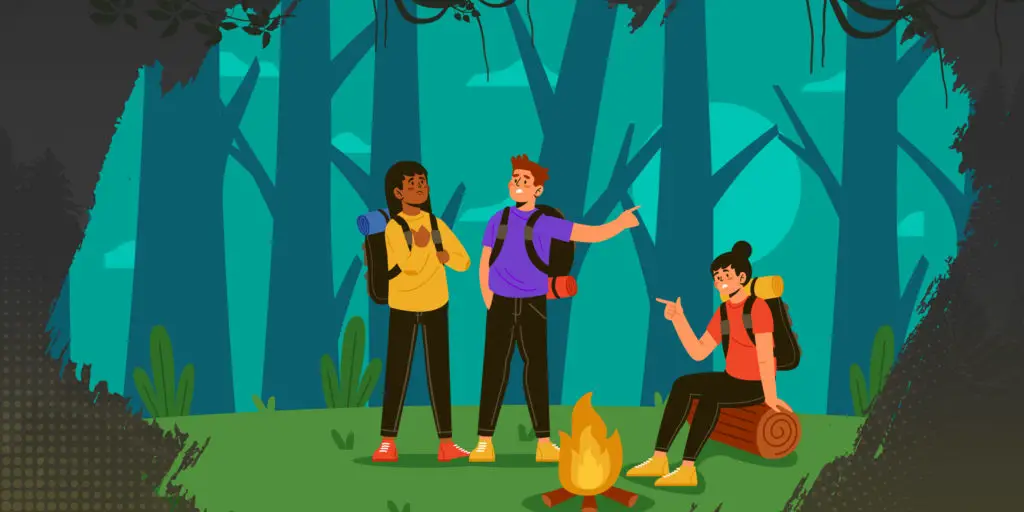
People who venture into the wilderness without a map, compass, and GPS are flirting with disaster. Anyone who has spent time in the woods knows that within seconds even the best woodsman can get turned around in thick trees and bushes and begin to walk the wrong way.
The key to navigation is having a backup method to find your way to safety, remember “Two is One and One is None” never rely on GPS alone. Having a good understanding of cardinal directions using the Sun and Stars is also beneficial if you are thrown into a situation where prior preparation was not available (plane crash, boat wreck).
Tips for Navigation
- Always carry a physical map, compass, and know how to use them
- Study a map of the region before heading out so that you have an idea of the layout of the area in case a GPS or map become lost
- Utilize pace count beads for determining a distance
- Know celestial bodies and how they can be used for navigation
- An analog watch can be used to determine direction. Position the hour so that it is pointing in the direction of the Sun. Then bisect the distance between the hour and minute hand. This line will point in a southerly direction.
Check out this great video:
3. Poor Knowledge
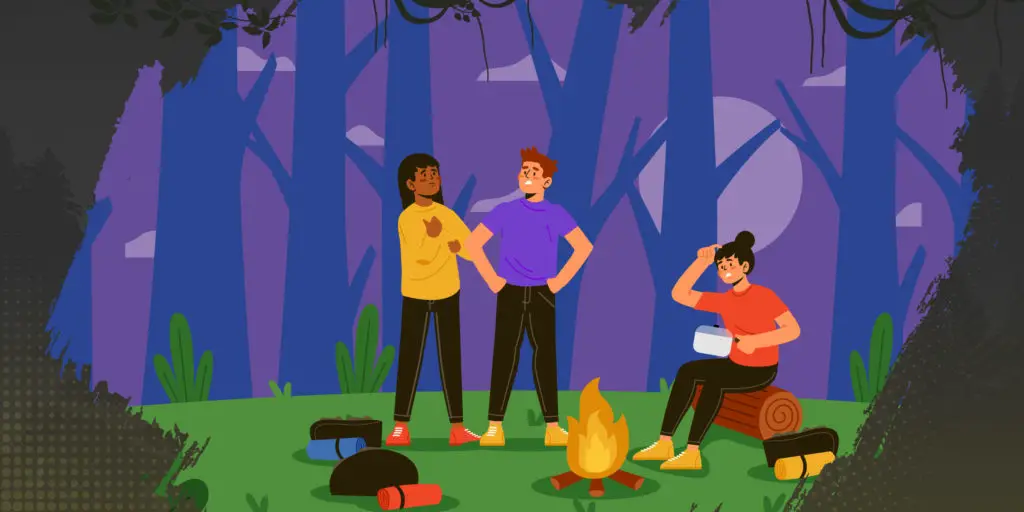
“Be Prepared” is the motto of the Boy Scouts, unfortunately, most people who find themselves in a wilderness survival situation have very poor knowledge on how to survive and are usually totally unprepared.
Know the 5 keys to wilderness survival:
- Know how to build a shelter: as addressed in the first section of the article
- Know how to signal for help: This can be done with a signal mirror, a fire, a flashlight, or making signs with natural materials. A little more detail on this later.
- Know what to eat & how to find it: The types of things that can be consumed in the wild are far too many to list here. Do proper research in the region in which you operate as to what is and what is not safe to consume. Also, knowing how to use the universal edibility test can be very helpful
- Know how to build and maintain a fire: The last section of this article will go into greater detail about this but for now, never go into the wild without a lighter and matches.
- Know how to find water and make it safe to drink: There are several different ways in which to find water such as, streams, rivers, ponds, lakes, rainwater, melt snow, collecting morning dew, creating a solar still, digging in damp soil. To make water safe to drink it needs to be filtered and made clean through boiling or the addition of chemical additives.
Along with the 5 keys of wilderness survival, the Rule of 3 will also help when you find yourself in a survival situation. While the Rule of 3 is not absolute it helps to keep priorities straight.
The Rule Of Three
You can only live:
- Three minutes without air
- Three hours without shelter (maintaining core body temperature)
- Three days without water
- Three weeks without food
4. Miscalculating the Risk
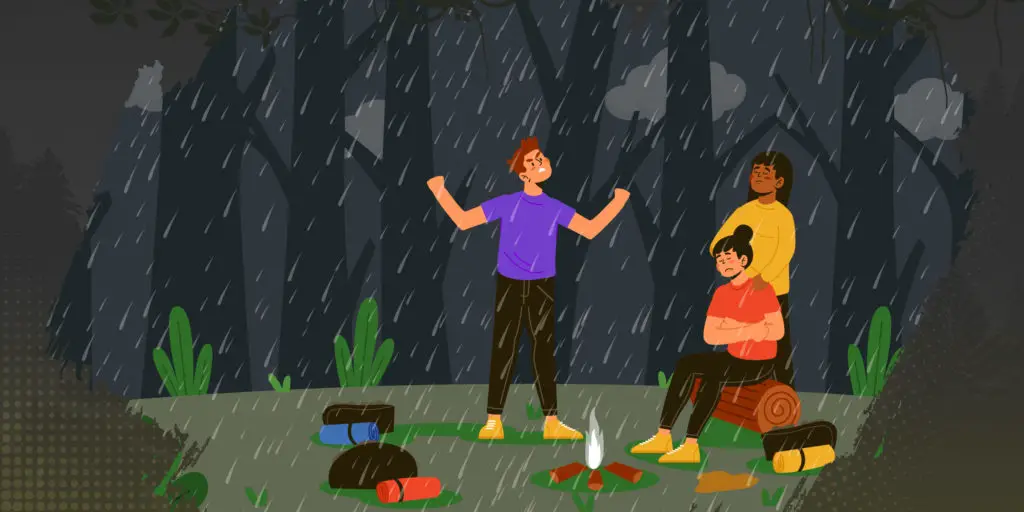
Most wilderness survival situations start very innocent; like a fishing trip with friends, a day hike on a familiar trail, or a planned father and son hunting trip. Then things go terribly wrong and suddenly you are faced with a life and death scenario. The only thing you can do is make a plan for the unexpected. Sit down and go through contingencies before you set off on your trip. Once you leave, it is too late. There is an old military saying “Failing to Plan is Planning to Fail.”
Make sure you have done this same process with your emergency car kit.
What to do Before a Trip
Preparing for an outdoor adventure is like any trip.
Think about what you might do to prepare for a weeklong vacation.
You make a list of the things you need to get done, the items you want to pack, and you may notify neighbors or friends of your absence.
Here are a few important steps to follow before leaving your home.
- Make a list of all the items you need or may need
- Put hands and eyes on all gear before packing. If the gear is already in a bag that is used semi-regularly, remove it and recheck it
- Study a map of the region you will be in and become familiar with the area
- Leave a detailed agenda of your trip with friends and family. Include phone numbers of where you can be reached as well as the numbers of park rangers, campgrounds, or any other local establishments. It may also be helpful to have scheduled check-in times.
- Plan for the unexpected as much as possible. For example, just because the weather forecast calls for sunny skies, it does not mean raingear and other appropriate clothing should not be packed.
- Play out “what if scenarios” in your head and plan appropriately.
5. The Wrong Clothes
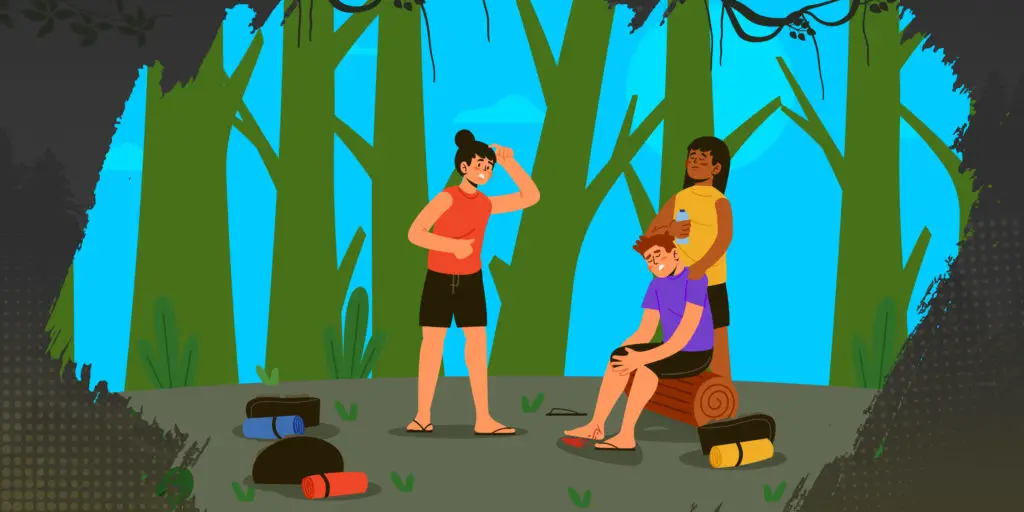
As a rule, you should always dress one layer warmer than you need. You can always take stuff off and wrap it around your waist, stuff it into your pockets or put it in your backpack if you get hot. But once you leave an article of clothing behind there is nothing worse than being cold and knowing that you left your jacket in the closet. Also, remember the outdoor sayings about cotton.
Cotton Kills, Friends don’t let friends wear Cotton, and Cotton is Rotten
Find and wear clothes that retain their warmth even after they become wet. Also, have a shell jacket and pants of some kind of rain and snow. Remember, most cases of hypothermia happen in temperatures over 40 degrees Fahrenheit.
Tips for Clothing
- Always have a backup set of clothes that are stowed away in a waterproof container
- In cold climates, dress in wool and synthetics. They insulate as well as help wick moisture away from the body, unlike cotton that loses its insulating property as it absorbs moisture.
- Layer clothing with wool, flannel, synthetics, a softshell jacket, and a hard-shell coat
- A good way to remember this is to dress in three different layers, a base layer, a mid-layer, and an outer layer.
6. Getting Drinkable Water
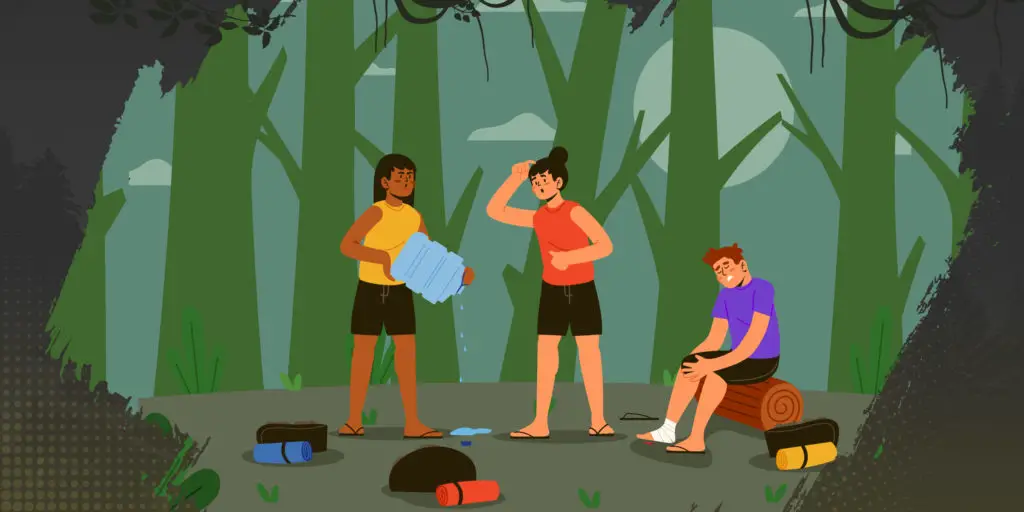
We all know that the human body does not last long without water. The question you must ask yourself in a wilderness survival situation is “Will this water make me sick?”
Waterborne organisms such as cryptosporidium and giardia can cause severe diarrhea and vomiting that increases dehydration and reduces your ability to carry on your other survival efforts such as building shelter, finding food, and signaling for help. On the flip side, dehydration will kill you in a matter of days.
Without a good supply of pure drinking water, the body can become dehydrated very quickly. Along with dehydration comes poor judgment, loss of energy, and eventually you will lose the will to survive. There are several methods for purifying water (Boiling it, Chemical tablets, Water Filters) and there are several methods for catching rainwater or dew. Learn these strategies and be prepared.
Here are some recommended water products:
Last update on 2024-04-26 at 16:22 / Affiliate links / Images from Amazon Product Advertising API
Tips for Collecting Water
- Morning dew can be collected by running an absorbent material, like a cotton t-shirt, over green vegetation and then squeezed like a sponge to release the water
- Wrap a plastic bag over a leafy tree branch and tie it shut. Through the process of transpiration, the leaves release moisture which will collect in the bag.
- Follow a dried creek or riverbed and search for low points where water may be pooled. Additionally, keep an eye out for damp soil. Digging a hole in damp soil can result in water filling in the hole much like a well.
- Certain plant life can retain a lot of water that can be tapped and used. For example, some types of vines once cut, will begin dripping a steady stream of water.
Tips for Filtering Water
- Articles of clothing like a sock, handkerchief, t-shirt, and bandanna can be used as improvised filters for removing large debris and sediment
- Dig a hole next to a water source and allow the water to seep in through the underlying soil. The soil will act as a filter and help to separate large unwanted debris.
- Make a field filter out of a plastic bottle that is layered with charcoal, sand, and rocks.
7. No Signal Plan
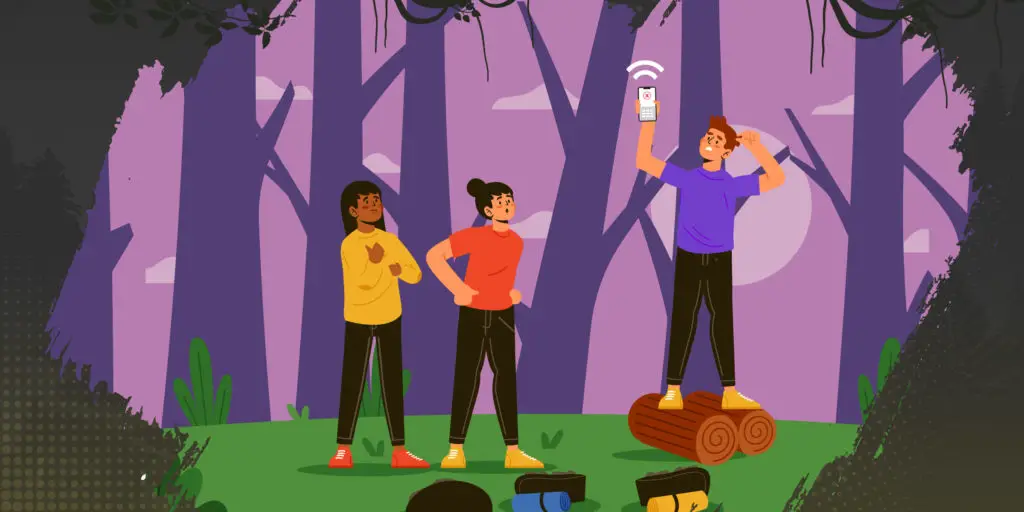
Being able to signal for help is a key trait in Wilderness Survival. If you go to almost any outdoor store, they will have a whole section dedicated to these devices. The most common ones are whistles and signal mirrors, but you also have to think about being able to use fire starting devices and high beam flashlights.
Other good tools to have are radios, bright clothes, and emergency beacon devices such as ACR or SPOT. If you are caught in a wilderness survival situation without any of these tools, have an understanding for creating an emergency signal using rocks, trees, snow, or dirt.
Tips for Signaling
- The international sign for distress is utilizing three sets of anything. Three chirps on a whistle, lining up three signal fires in a row, or lining up three of anything like logs or large rocks
- Straight lines are rare in nature so creating them with natural materials i.e. a line in the sand or snow may draw someone’s attention.
- A signal fire can be an incredibly effective tool. Not only can the light of the fire be seen from a long distance, especially at night, but so can the smoke column. When you are ready to use fire to signal make sure to have plenty of green vegetation to burn. Burning green vegetation produces thick white smoke that can be seen for many miles.
8. Fire
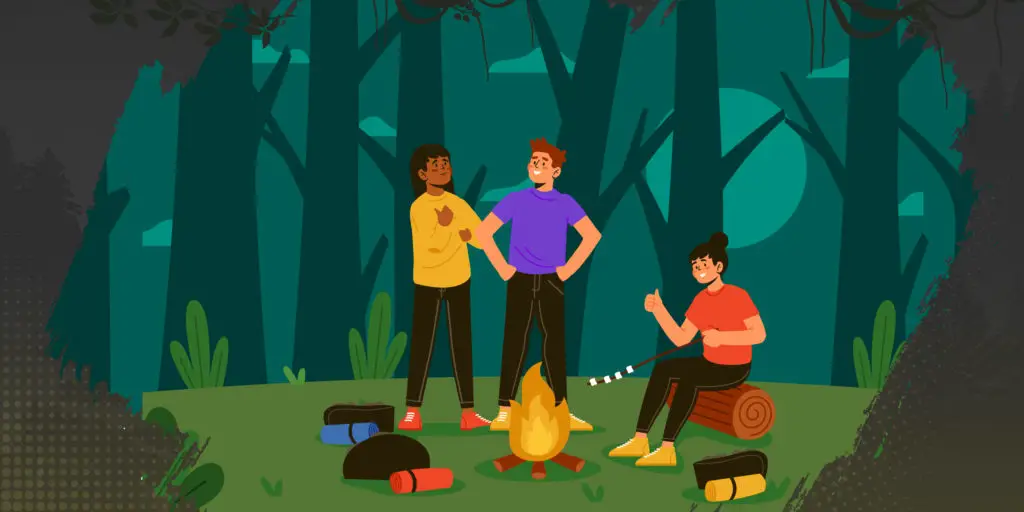
It is only one word but in wilderness survival, it has many meanings.
- Warmth: a good fire can keep you and your loved ones warm in some of the worst conditions
- Protection: a strong fire can keep you safe from predators and a long burning stick has scared more than one animal away
- Signal: a blazing fire can be seen for miles away at night and the smoke can be seen during the day
- Purifier: fire can be used to boil water and keep your drinking water safe.
Keep several methods of making a fire with you when traveling in the wilderness and learn how to make a fire the old fashion way……with two sticks.
Tips for Starting a Fire
- Never go into the wilderness without a proper kit for making fire. At a minimum, a lighter and matches should always be carried. Relying on primitive fire-starting methods as a primary method is dangerous/
- Tools for starting a fire include a lighter, matches, ferrocerium and magnesium rod, magnifying glass, chemical reactions, and friction methods.
- Remember the fire triangle that states a fire requires an ignition source, fuel, and oxygen.
- The foundation of getting a fire going is lots of dry tinder, followed by kindling and then fuel.
- Tinder consists of the driest, most fibrous material available that takes a spark or flame well. Kindling is a piece of wood or stick that is no thicker than your finger. Fuel is anything larger than kindling
- Wood may be soaking wet on the outside, but the underlying layers are usually dry. Scrape away the outer wet layers to expose the dry material within.
- Some fungi and punky wood do not burn but smolder. These can be used to hold an ember for starting a fire or as a means of transporting fire from one location to another.
Common Questions about Wilderness Survival
What is the Rule of 3 for Survival?
When you are in any survival situation, it is important to be aware of the survival rules of 3. These rules are:
- You can survive for 3 Minutes without air (oxygen) or in icy water
- You can survive for 3 Hours without shelter in a harsh environment (maintaining core body temperature)
- You can survive for 3 Days without water (if sheltered from a harsh environment)
- You can survive for 3 Weeks without food (if you have water and a shelter or are able to maintain core body temperature)
The idea of the rules of three is that you follow them in order of urgency, which is the order of the list.
So, if you ever find yourself in a survival situation, it is important to be aware of these things.
For example, there is no point trying to find food if you don’t yet have a shelter to protect you from the elements as you might not live long enough to eat it.
What is the First Thing to do in a Survival Situation?
The absolute first thing that you should do in a survival situation is to get your head in the game. Getting your thoughts in order can really make a difference in your responses, and ensure that you don’t panic. Preparing yourself mentally for the situation that you find yourself in is essential so that you can make wise decisions and think more clearly.
Once you have done this, you should try to think back to the rule of three and sort out all of your priorities. So, you can only live for 3 minutes without air, 3 hours without shelter in rough conditions, 3 days without water, and 3 weeks without food.
This is your new order of tasks that need to be completed. This can help to keep you much more focused and organized.
How Do You Survive in the Woods?
Being forced to survive in the woods can happen to anyone, so once you have dealt with any immediate threats to your health, you should work on building a shelter. When doing so, the best places to build a shelter in the woods are places where the ground is level.
Your shelter should also be at least 100 meters away from rivers and streams to avoid an unfortunate accident.
Once you have successfully built your shelter, your next priorities will be to find water and get a fire started. If you are lucky to be stranded in warm weather, then finding water takes first priority.
However, if you are faced with cold temperatures, starting a fire will protect you from hypothermia, and finding water can wait just a little while longer. Some of the best water sources in forests are streams and springs.
We also have a great article on how to survive if you get lost in the woods.
How Would You Survive in the Desert?
Surviving in the desert can be a bit trickier, and you will need to follow the following five points:
- Stay calm
- Conserve energy
- Find water
- Find shelter
- Be wary of wildlife
There is often more than this to consider, but following these steps will increase your chances of survival. Conserving energy is crucial as you can otherwise become dehydrated quickly.
Water should be a big priority as the heat of the desert can be lethal, and you can become dangerously dehydrated very quickly.
Exposure is also just as important to avoid, as exposure in the desert can lead to dehydration and other issues, like serious burning, blistering, dehydration, and heat stroke.
The harsh environment of the desert is something that should be taken very seriously. It is also home to a number of animals that could pose a threat to you – you can find out more in our 2 part series on desert survival here.
How Do You Survive in the Jungle?
If you find yourself in a survival situation in the jungle, navigation is going to be one of your biggest enemies. You should pick a direction and keep following that direction. Always travel during the day and sleep at night.
When it comes to sleeping, you should try to elevate yourself from the ground to avoid dangerous predators, or build a quick and easy shelter to offer you protection.
Heading downhill is often a great direction to choose, as this will likely lead to a stream, which you can follow until it becomes a river. Following the river will lead you out of the jungle and into civilization.
Interestingly, the wider the river is, the more likely there is to be civilization. It can sometimes be helpful to get to higher ground to give yourself a view of your surroundings.
What about surviving in the bush? How different is it to jungle survival? Find out here.
Wrap Up
Make sure to check out our design of an ideal wilderness survival kit to get you started.
The above list of mistakes is not everything that can go wrong in the wilderness, but they are some of the most common.
These mistakes can happen due to being ill-prepared, overconfidence, or simply just because bad things happen.
But no matter how a survival situation arises, knowledge of what to do as well as what not to do will be key to making it through the ordeal safely.



